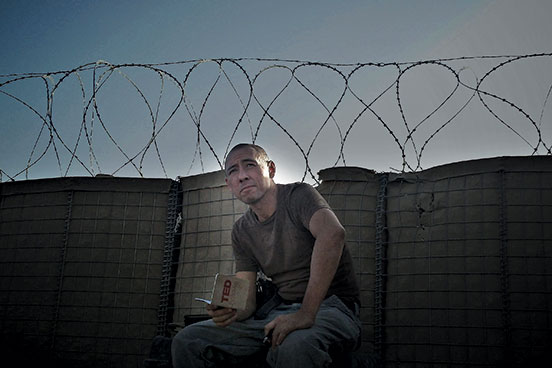
Social-Media Mavens
Teru Kuwayama, B.A.’93

A Photographer’s Perspective
By Carol Olechowski
“Back at SUNY Albany, when I first showed up for classes in 1988, it was a completely different world,” recalls award-winning freelance photojournalist Teru Kuwayama. “Most students didn’t have computers of any kind, and smartphones were more than a decade off.
“I remember one course in which the professor explained that there was a new electronic system by which homework assignments would be shared with the class. It required students to go to the library, where there were some desktop computers, in order to register for something called ‘email.’ I thought this was such an absurd and pointless waste of time that I immediately dropped the class. I guess that professor was less delusional than I thought,” observes Kuwayama, who majored in art at the University and began his career taking pictures for the yearbook and University Photo Service.
As a member of the Instagram Community Team (“‘community’ is tech-world terminology for ‘people,’” he explains), the New York City-based Kuwayama fills a unique role: “I provide a photographer’s perspective for a platform that has hundreds of millions of people making and sharing photographs.”
For more than 20 years, Kuwayama worked as a photojournalist for news magazines and aid organizations, “primarily in places like Afghanistan, Pakistan, Kashmir and Iraq.” Often embedded with military forces that ranged from “the U.S. Marines and Special Operations Forces to Indian, Pakistani and Afghan forces,” he captured images of battle and survival. Technology Entertainment and Design (TED), The Knight Foundation, and the Dart Center for Journalism and Trauma at Columbia University are among the many organizations that have recognized Kuwayama for his work.
“In the early days of the Iraq conflict,” Kuwayama says, “I worked with my younger brother, Shinji, who’s a lot more tech savvy than I am. We launched a social network for photographers and people we called ‘unconventional travelers,’ like NGO folks, fixers, and translators, and the odd characters that you meet in off-the-grid places. It was called Lightstalkers, and it ran for a decade. Shinji went on to work at a then-tiny tech start-up called Groupon, becoming its director of Engineering and overseeing its expansion across the planet.”
The technologies that have combined to create what Kuwayama calls “the social-media age” are readily accessible and easy to use, but he cautions that there is “the double-edged sword,” as well. “We’re all swimming in an ocean of images and information. That’s one of the challenges I work on at Instagram these days – the question of how we find the most important images in the millions uploaded every day.”
Next: Jennifer Levine, B.A.’93


